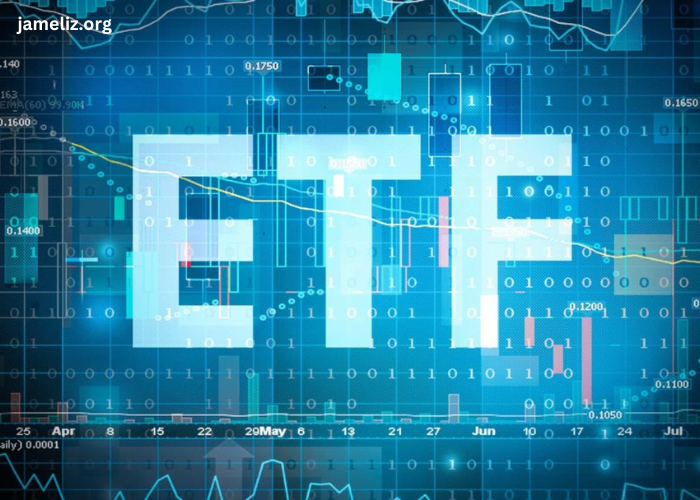Investing in exchange-traded funds (ETFs) is an increasingly popular strategy among Australians looking to grow their wealth. ETFs offer an easy and affordable way to invest in a diversified portfolio, making them an excellent option for beginners and experienced investors. However, choosing the suitable ETFs for long-term gains can be challenging with so many options available.
When selecting the best ETF in Australia, investors should consider that it’s essential to understand how these funds work and what factors impact their performance. You can make an informed decision with careful research and a solid understanding of your investment goals. ETFs are also known for their flexibility, allowing investors to tailor portfolios.
Understand Your Investment Goals
Before exploring ETF options, clarify your investment objectives in Australia. Do you want steady income, capital growth, or both? Your goals will dictate the types that suit your needs.
Most investors aim for capital growth for long-term gains, which involves choosing ETFs that focus on assets with the potential for appreciation over time. Consider your risk tolerance as well. Long-term gains often come with some level of volatility, so it’s essential to be comfortable with the market’s ups and downs.
Know the Types of ETFs
Several types are available in Australia, and each has its characteristics. The most common types include:
- Equity: These track a basket of stocks, either from a specific sector, market index, or globally. They are a popular choice for long-term investors seeking capital growth.
- Bond: Invest in fixed-income securities, which are usually less volatile than equity ETFs. They can provide stability and income, making them a good choice for conservative investors.
- Commodity: These track the price of physical assets like gold, oil, or other natural resources. While they can be volatile, they offer diversification.
- Sector: focus on specific industries, such as healthcare or technology. They can be riskier but offer higher growth potential if the sector performs well.
Understanding these types will help you determine which aligns best with your investment strategy.
Evaluate the Performance and Fees
Past performance is an important indicator when choosing, but it should not be the sole deciding factor. It’s crucial to look at the historical returns over different periods, especially during market volatility. However, remember that past performance is not a guarantee of future success.
Equally important are the fees associated with it. Management fees, or expense ratios, can eat into your returns over time. Look for ETFs with low expense ratios, as these will provide better long-term value. Even a slight difference in fees can significantly impact your overall returns when investing for several years.
Consider the Underlying Assets
Performance is directly tied to the assets it holds in Australia. Before investing, take a close look at what the ETF is tracking. For example, if you are investing in equity, check the companies in their portfolios.
Are they significant, stable companies or smaller, more volatile firms? ETFs that track large, well-established companies or indices like the ASX 200 are often safer bets for those seeking long-term gains. These offer a diversified exposure to the market, helping to mitigate risk.
Tax Efficiency
Tax considerations are often overlooked when choosing, but they play a significant role in long-term investing. Some are more tax-efficient than others, depending on how they are structured and the type of income they generate. In Australia, capital gains tax can be a concern if you plan to sell it after its value is appreciated. Some ETFs, especially those focused on income-producing assets like bonds or real estate, may have tax advantages.
Choosing the best ETF in Australia offers for long-term gains requires careful consideration of your goals. You can make informed decisions by evaluating these factors and aligning them with your investment strategy. Whether you are looking for steady growth or capital appreciation, selecting suitable ETFs will set the foundation for a strong portfolio.

